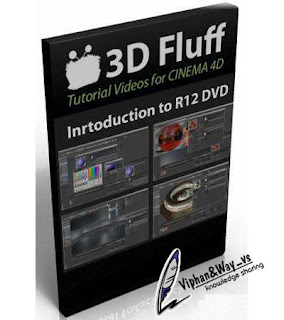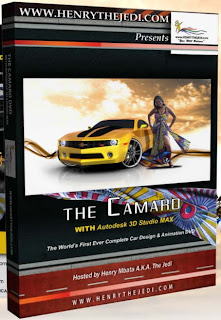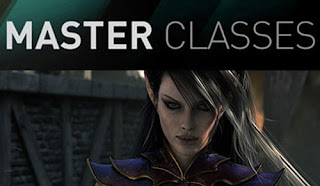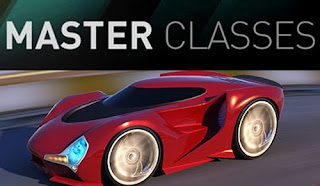In this series of lessons, we will be exploring many of the tools and features of MARI that will allow you to texture your models faster and with more precision.
This course will begin by discussing the basic workflow of projecting texture detail onto your geometry within MARI as well as important features and settings that you will want to be aware of at an early stage of your texturing process.
This course will begin by discussing the basic workflow of projecting texture detail onto your geometry within MARI as well as important features and settings that you will want to be aware of at an early stage of your texturing process.












































